
Floating Offshore Wind: New Seascape, New Challenges
, isn’t clear. A BOEM spokesperson said that BOEM now uses the NAS report for environmental studies; specific questions about follow up, though, were referred to the Coast Guard.DOE has a website for the “Wind Turbine-Radar Interference Mitigation Working Group.” The Department of Homeland Security, which includes the Coast Guard, is listed as a Working Group “observer,” not a direct participant.A DOE web page explains that a Memorandum of Understanding, first signed in 2014, was updated this year - in 2023, but the link to the MOU posted on the website does not detail
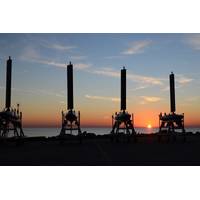
Autonomy: Sun, Sail & Subsea – Not a Holiday, but a Hybrid UxV Platform
of these potentially harmful cells and toxins, reaching offshore areas using an autonomous vehicle in weather conditions too extreme for small boats. That year, the firm was also made a major step into the defence market, winning a contract to deliver six of its vehicles to the U.S. Department of Homeland Security.Surface-subsurface technology developmentThere’s been a lot of work across a number of areas to get to where the company is today. “There are a lot of components on surface sailing vessels that work perfectly, such as an anemometer,” says Decker. “But these aren&rsquo
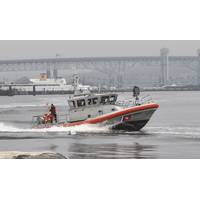
New Unit Will Support Coast Guard Research and Development Center
, The Auxiliary has also helped with public prize competition challenges that included serving as technical judges and providing test assets to evaluate person-in-the-water detection technologies, assisted RDC personnel with constructing a ground control station in Fairbanks, Alaska for a Department of Homeland Security-sponsored project on CubeSats, and created a documentary of large-scale oil burn research on Little Sand Island in Mobile Bay, Ala.The RDC will host an outdoor exhibit including an unmanned response boat and other technology to highlight its autonomous technology research in conjunction
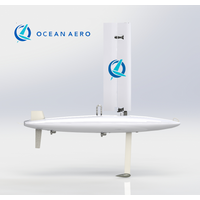
Ocean Aero to Supply Vehicles for Homeland Security
Ocean Aero, Inc. announced it signed a multimillion-dollar agreement to deliver a variety of the company’s autonomous underwater and surface vehicles (AUSV) models to the U.S. Department of Homeland Security (DHS) Science and Technology Directorate (S&T) for a research, evaluation and testing program.Ocean Aero will deliver a mix of its Navigator and Discovery models and working closely with DHS and other program participants—the U.S. Coast Guard (USCG), U.S. Customs and Border Protection (CBP), The University of Southern Mississippi, the U.S. Naval Research Laboratory (NRL), and
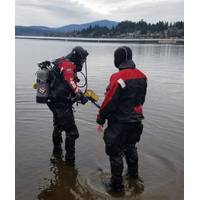
JW Fishers’ Pulse 8X Continues to Outperform
the JW Fishers Pulse 8X underwater metal detector.The Pulse 8X is JW Fishers’ leading underwater metal detector and has been a staple tool for professional divers for the past 32 years. In 2014, it was named the #1 underwater metal detector by an independent study performed by the U.S. Department of Homeland Security. The P8X was compared to seven other leading detectors on the market and found to be the most economical, effective, and reliable tool for the job. The P8X comes with everything you need to search both on land and submerged to a depth of 200’. The unit comes equipped with
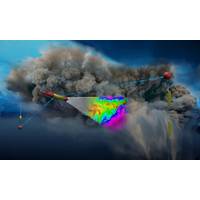
LRAUV: Arctic Oil-Spill-Mapping Robot Put to the Test
As commercial shipping and energy activities picks up in the Arctic region, the prospect of accidental oil spills in this pristine environment remain a concern. In response, the U.S. Department of Homeland Security (DHS) is taking the lead – through the U.S. Coast Guard – to develop a subsea robotic system to map and report on spills.“Because of ice coverage and the tyranny of distance, it is difficult to get resources and assets up in the Arctic in a quick manner,” said Kirsten Trego, Executive Director of the Coast Guard’s Interagency Coordinating Committee on Oil
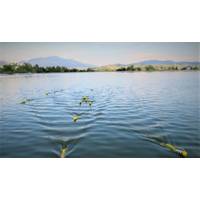
Aquabotix Joins the SENEDIA Alliance
of the U.S., with a particular focus on thought leadership and technical innovation in undersea technologies.The Southeastern New England Defense Industry Alliance (SENEDIA) supports open dialogue and increased engagement between the U.S. industrial base and Department of Defense and Department of Homeland Security, and participation in SENEDIA supports Aquabotix’s goal of continuing to strengthen its ties to these customer groups, the company said.“Joining SENEDIA affords Aquabotix access that is difficult for non-members to gain. Our inclusion in this alliance firmly bolsters Aquabotix
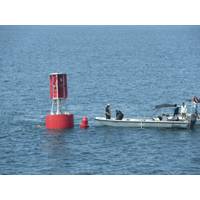
US Coast Guard Tests Environmentally Friendly Buoy Moorings
, and when the connecting chains are lax, they can scrape off seagrasses, seaweeds and corals around the sinkers as waves and wind push the buoys around.The Coast Guard has been struggling to find a solution for more than 20 years, and about two years ago, the service reached out to the Department of Homeland Security (DHS) Science and Technology Directorate (S&T) for help. Subsequently, S&T organized a prize competition in January 2016. Besides receiving proposals from across the country, S&T received several proposals from the international community, even though they weren’t eligible
MTS Tech Breakfast: Maritime Cyber Security
includes: Major General Michael S. Groen, Joint Staff Director Intelligence, J2 Brian Burns, Deputy Assistant Commandant, C4 & Info Technology, U.S. Coast Guard John Felker, Director, National Cybersecurity and Communications Integration Center, U.S. Department of Homeland Security Dr. Daniel Ragsdale, Director, Cybersecurity Center & Professor of Practice, Computer Science & Engineering, Texas A&M University The breakfast is free of charge for members. The December Technology Innovation Breakfast is scheduled for December



 February 2024
February 2024





